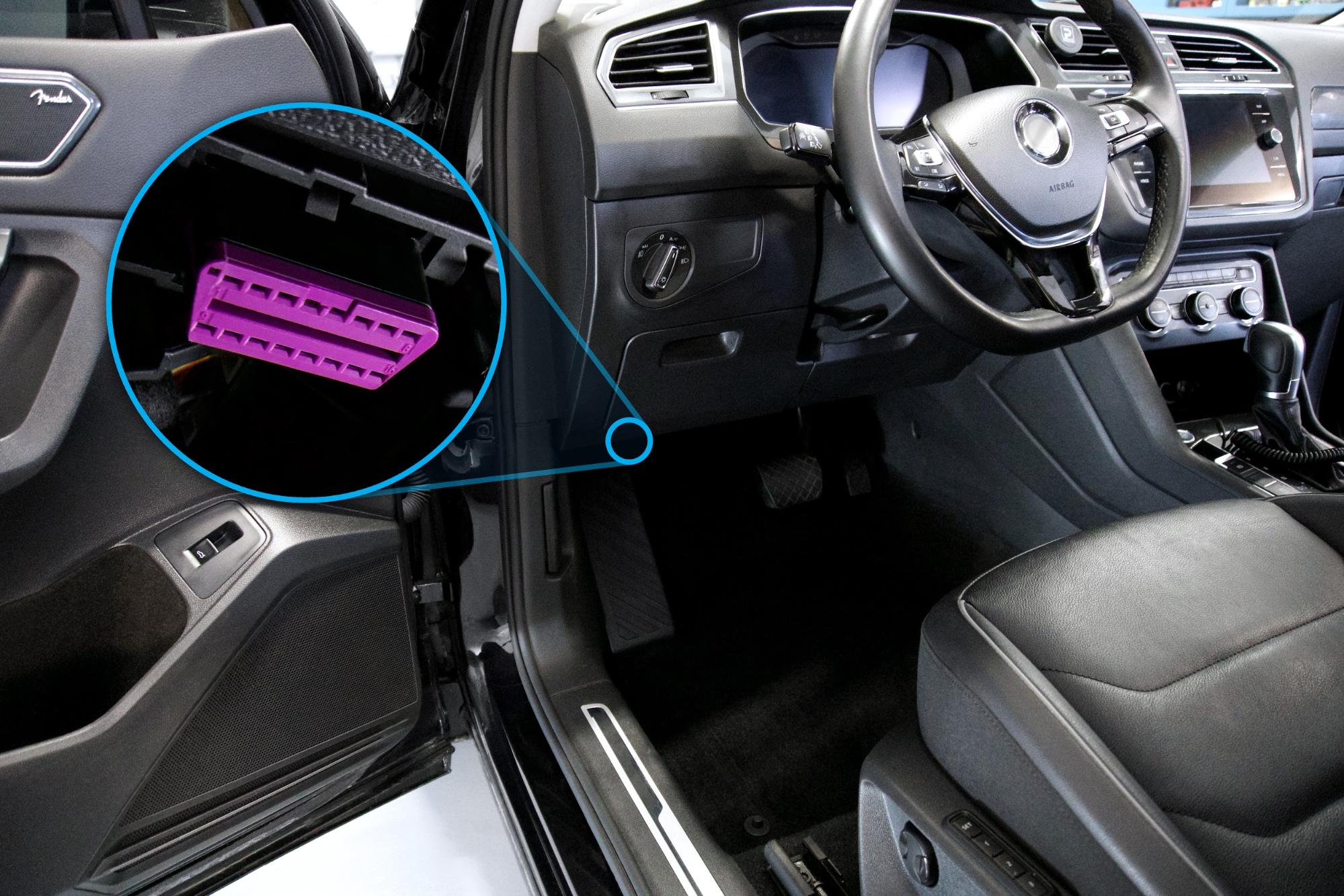Reliance Jiomotive: Making Your Car Smarter and Safer with an OBD Device
Published On 19/7/2024, 7:05:34 pm Author Hritik BaberwalJio is expanding into a lot of sectors beyond telecom, including petroleum, commerce, and now automotive. The Jiomotive OBD device is a strategic move in this direction, capitalizing on the growing market for Vehicle Telematics

Reliance Jio has been a game-changer in the Indian telecom industry, offering affordable and high-speed internet access. Now, they're setting their sights on a new frontier: connected vehicles. The Jiomotive OBD device is a strategic move to tap into the growing market for Vehicle Telematics.
What is the Jiomotive OBD Device?
 The Jiomotive OBD (On-Board Diagnostics) device is a small, plug-and-play gadget that connects to a vehicle's OBD port. This port is usually located under the dashboard and is standard in most cars manufactured after 1996. Once connected, the Jiomotive device collects and transmits data about the vehicle's performance, location, and driver behavior.
The Jiomotive OBD (On-Board Diagnostics) device is a small, plug-and-play gadget that connects to a vehicle's OBD port. This port is usually located under the dashboard and is standard in most cars manufactured after 1996. Once connected, the Jiomotive device collects and transmits data about the vehicle's performance, location, and driver behavior.
Reliance Jio's venture into vehicle telematics with the Jiomotive OBD device is a natural extension of its core competencies in the telecom industry. As a leading provider of high-speed internet services, Jio already has the infrastructure and expertise required for real-time data transmission and monitoring. This positions Jio uniquely to seamlessly integrate vehicle telematics with its existing network capabilities.
Real-Time Monitoring with Jio’s Network
Vehicle telematics relies heavily on reliable and fast internet connectivity to transmit real-time data about a vehicle's performance, location, and driver behavior. Jio’s robust 4G and emerging 5G networks provide the perfect backbone for such data-intensive applications. Connected cars are becoming increasingly prevalent, opening new doors for businesses in various sectors. For Jio, this trend presents significant opportunities.
By integrating their telecom services with vehicle telematics, Jio can offer bundled packages that include internet, telematics services, and even entertainment options for passengers. This creates a comprehensive, value-added service offering for customers.
One of the key applications of telematics data is in the development of Usage-Based Insurance (UBI) policies. These policies calculate premiums based on actual driving behavior rather than general demographic factors. By monitoring metrics such as speed, acceleration, braking patterns, and mileage, insurance companies can offer customized premiums that reward safe driving habits with lower rates. This not only incentivizes safer driving but also aligns insurance costs more closely with individual risk levels.
Telematics data allows insurers to assess risk more accurately. Real-time data on vehicle usage and driver behavior helps identify high-risk drivers and vehicles that are more likely to be involved in accidents. Additionally, in the event of a claim, telematics data can be used to reconstruct accidents and verify the circumstances, reducing fraudulent claims and ensuring fair settlements.
Key Metrics Monitored by Telematics Devices
Vehicle Performance
Engine Diagnostics: Monitoring engine health, identifying issues such as misfires, low oil pressure, and overheating. Fuel Efficiency: Tracking fuel consumption patterns to identify inefficiencies and potential savings. Maintenance Alerts: Providing reminders for regular maintenance tasks, such as oil changes and tire rotations, based on vehicle usage and performance data.
Driver Behavior
Speeding: Recording instances of speeding, which can indicate risky driving behavior. Harsh Braking and Acceleration: Monitoring sudden stops and rapid acceleration to identify aggressive driving patterns. Idling Time: Tracking excessive idling, which can waste fuel and contribute to engine wear. Cornering: Analyzing how smoothly drivers take turns, which can affect tire wear and overall vehicle stability.
Road and Environmental Conditions
Traffic Patterns: Collecting data on traffic flow and congestion to improve route planning and reduce travel times. Road Quality: Identifying potholes and rough patches based on vehicle suspension data and driver reports. Weather Conditions: Integrating weather data to provide insights on how conditions like rain or snow affect driving patterns and vehicle performance.
What makes Jiomotive OBD scanner different from others
One of Jiomotive’s primary differentiators is its integration with Jio’s extensive and reliable network infrastructure. Jio’s high-speed 4G LTE and emerging 5G networks ensure that data transmission is seamless, fast, and consistent. This robust connectivity allows Jiomotive to provide real-time data and alerts, ensuring that users receive up-to-the-minute information about their vehicles. The comprehensive network coverage also means that Jiomotive can function effectively even in remote areas, where other telematics devices might struggle with connectivity issues.
True to Jio’s tradition of offering affordable solutions, Jiomotive is expected to be competitively priced. This affordability makes advanced telematics accessible to a broader audience, from individual car owners to large fleet operators. The combination of high-quality features and cost-effectiveness ensures that Jiomotive provides excellent value for money.
Who should get OBD Scanners
Jiomotive caters to a wide range of car owners:
Tech-savvy drivers: Those who appreciate the convenience and insights offered by real-time vehicle data. Safety-conscious individuals: Drivers who prioritize security features like GPS tracking and anti-theft alerts. Fleet managers: Businesses managing multiple vehicles can benefit from Jiomotive's tracking and monitoring capabilities to optimize operations and ensure driver safety. Used car buyers: Jiomotive can provide valuable insights into the health of a used car before purchase.
















